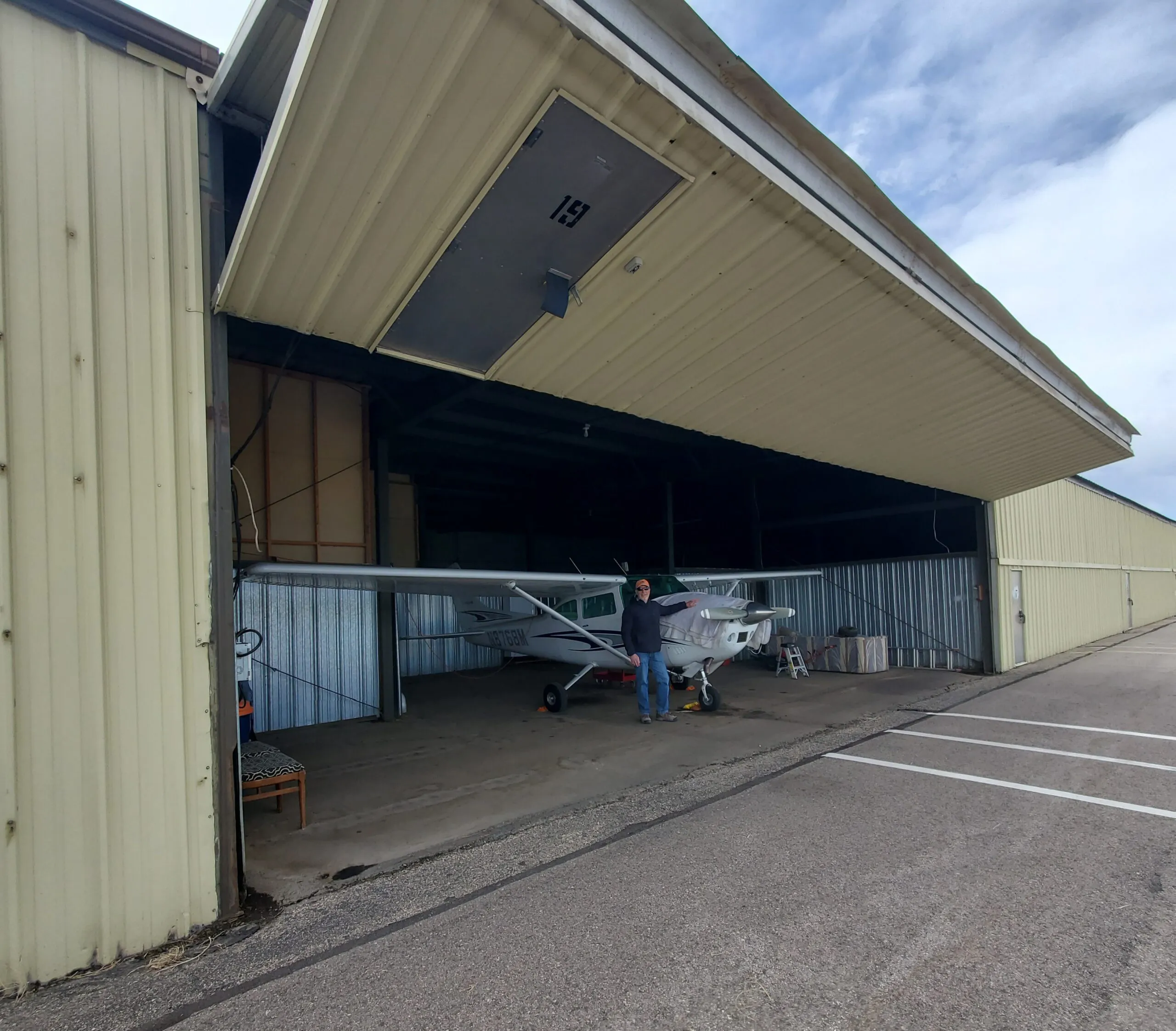Aircraft owner: New NoCo hangar study ‘everything I expected’

LOVELAND – A detailed engineering report on two condemned hangar buildings at Northern Colorado Regional Airport, released Tuesday, seemed to confirm what many owners of aircraft housed there had suspected: With some repairs and maintenance, the 46-year-old “C” hangars can be used at least for a few more years.
The 49-page report by Centennial-based Knott Laboratory concluded that the general health of the structures is satisfactory with no immediate life-safety issues identified if specific maintenance of the structures begins immediately.
It found load-bearing columns inside the hangars to be “generally intact” but noticed “isolated instances of buckled or…
THIS ARTICLE IS FOR SUBSCRIBERS ONLY
Continue reading for less than $3 per week!
Get a month of award-winning local business news, trends and insights
Access award-winning content today!





